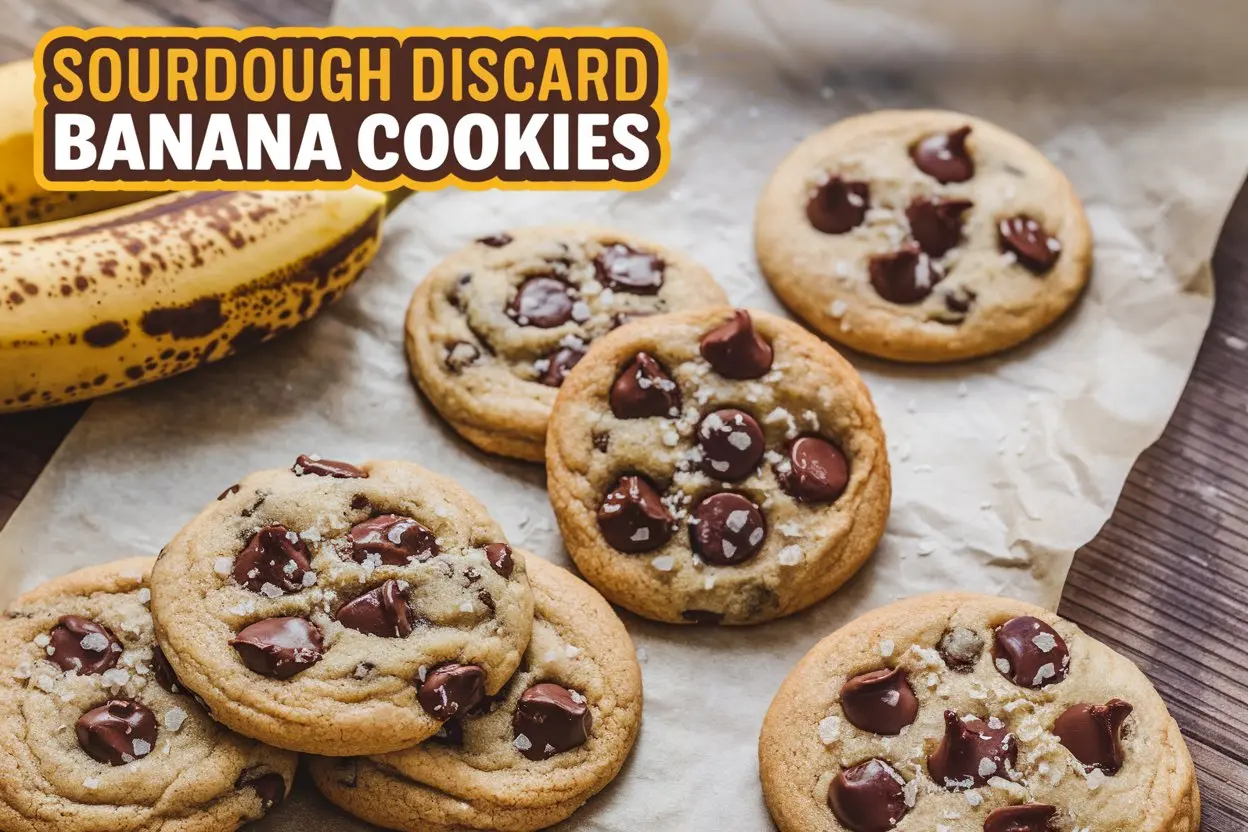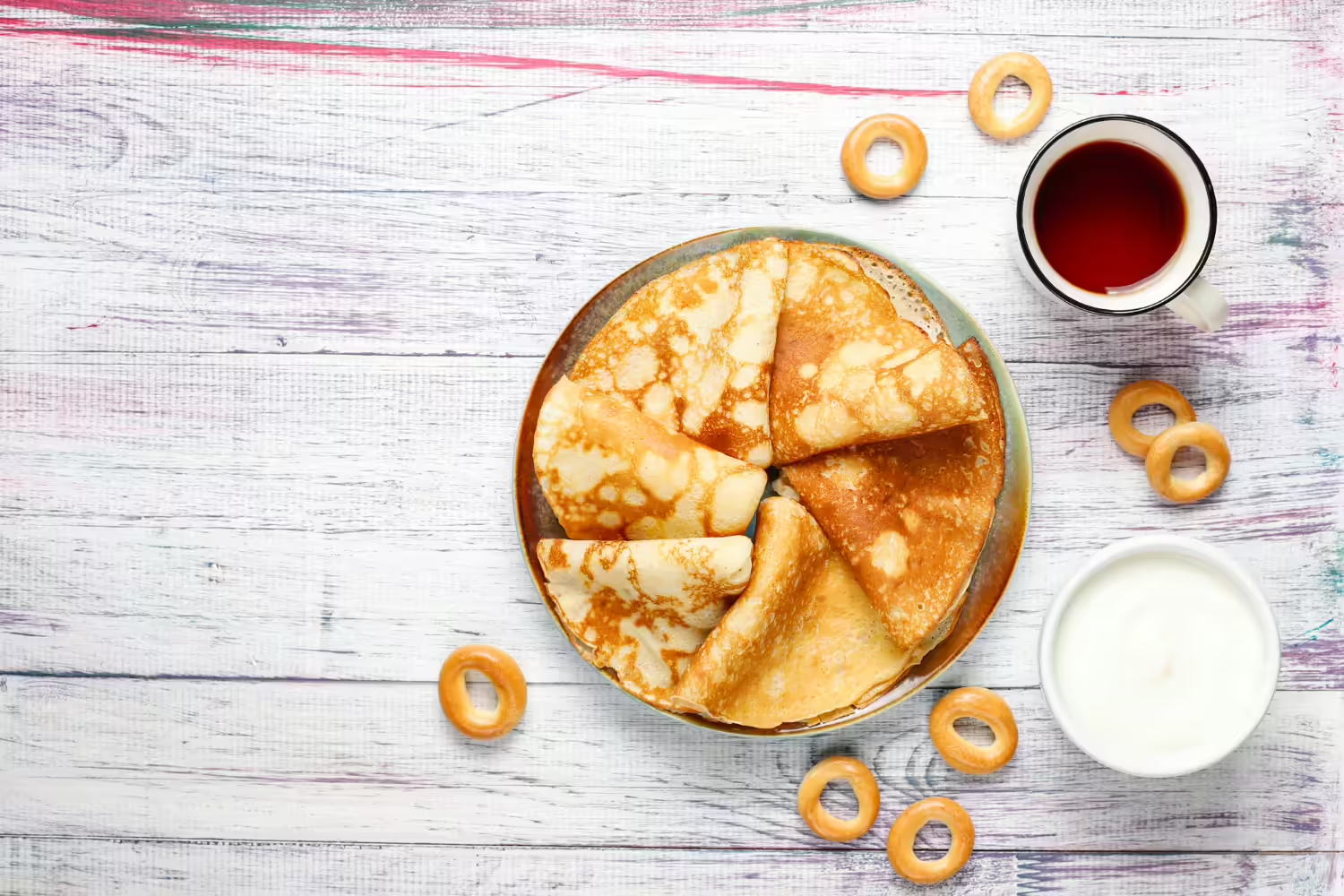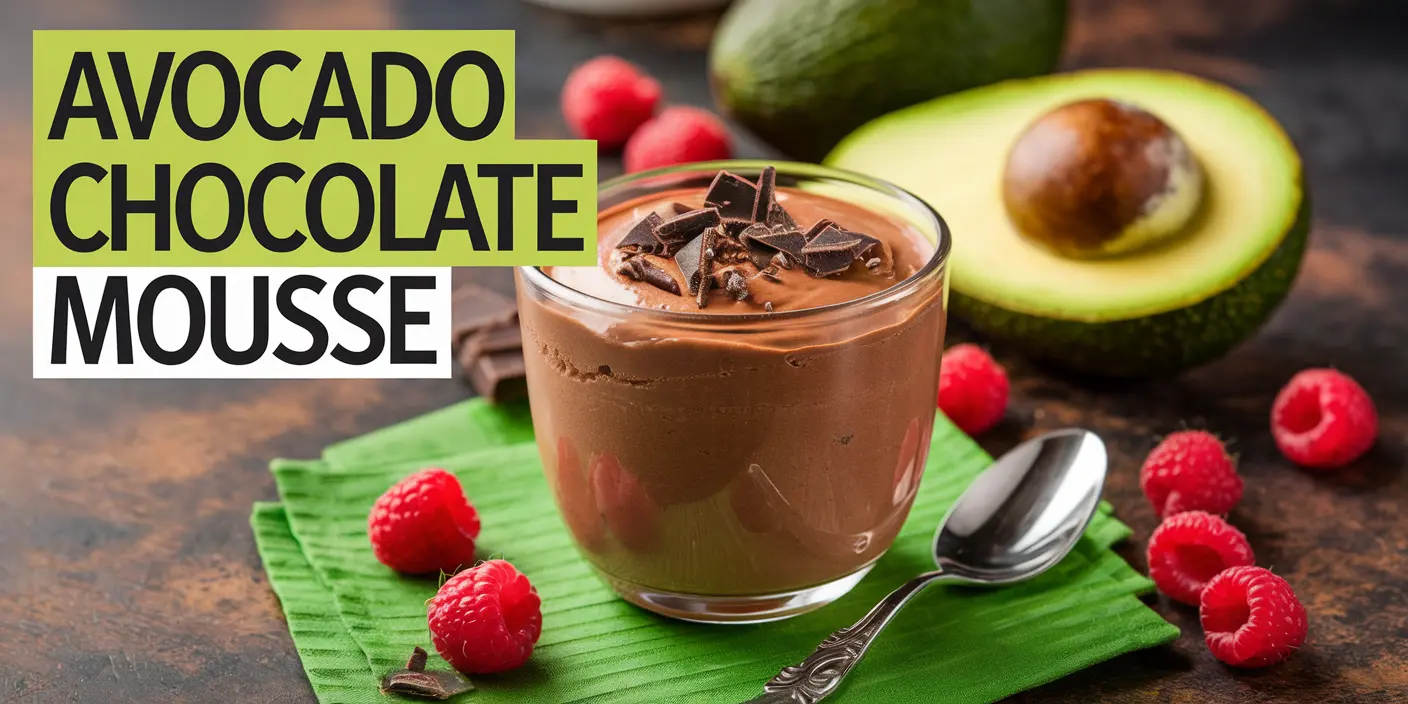
Are you craving a delightful breakfast that’s both easy to make and oh-so-fluffy? Look no further than the timeless classic: French Toast! In this guide, we’ll walk you through the art of creating the perfect French Toast | How to Make Easy & Fluffy Breakfast that will have your family and friends begging for more. Get ready to elevate your breakfast game and become the master of the griddle!
Getting Started: Ingredients and Tools
Before we dive into the cooking process, let’s make sure we have everything we need to whip up some heavenly French toasts.
Ingredients
First things first, let’s gather up the essentials:
- Bread slices (opt for thick-cut bread like brioche or challah for maximum fluffiness)
- Eggs
- Milk (whole milk or cream for extra richness)
- Vanilla extract
- Cinnamon
- Nutmeg (optional but highly recommended for a flavorful kick)
- Butter (for greasing the pan)
- Maple syrup or powdered sugar (for topping)
Tools
Now, let’s round up the necessary tools:
- Mixing bowl
- Whisk
- Shallow dish or pie plate
- Griddle or skillet
- Spatula
- Serving platter
With our ingredients and tools in hand, we’re ready to embark on our French toast adventure!

The Perfect Batter: Mixing it Up
Ah, the secret sauce to fluffy French toasts lies in the batter! Let’s concoct the perfect mixture that will transform ordinary bread slices into golden pillows of deliciousness.
- Crack the Eggs: Start by cracking your eggs into a mixing bowl. For a standard batch of French toast, you’ll want about 2 eggs per 4 slices of bread.
- Add the Milk: Next, pour in your milk of choice. The ratio of eggs to milk is crucial for achieving the right consistency—aim for around 1/2 cup of milk per 2 eggs.
- Flavor Explosion: Now, it’s time to infuse our batter with flavor! Add a splash of vanilla extract for sweetness and a sprinkle of cinnamon (and nutmeg if you’re feeling fancy) for that quintessential French toast aroma.
- Mix it Up: Grab your whisk and vigorously mix all the ingredients together until well combined. Don’t be afraid to really get in there and whisk away any lumps—smooth batter is the key to uniform toastiness!
Dipping and Cooking: The Fluffy Transformation
With our batter ready to go, it’s time to transform our humble bread slices into fluffy clouds of perfection.
- Preheat the Pan: Place your griddle or skillet over medium heat and let it warm up. Meanwhile, melt a pat of butter to grease the cooking surface—this will ensure our French toast gets that irresistible golden crust.
- Dip and Soak: Take a slice of bread and dip it into the batter, making sure to coat both sides evenly. Allow the bread to soak up the goodness for a few seconds, ensuring it’s fully saturated but not soggy.
- Cook it Up: Carefully place the soaked bread slice onto the preheated pan and let it sizzle away. Cook for 2-3 minutes on each side, or until beautifully golden brown and crispy on the outside.
- Repeat and Stack: Continue the dipping and cooking process with the remaining bread slices, adding more butter to the pan as needed. As each slice finishes cooking, transfer it to a serving platter and keep warm in the oven until ready to serve.

Serving Suggestions and FAQs
Serving Suggestions
Now that our French toast is cooked to golden perfection, it’s time to serve up this breakfast masterpiece! Here are a few serving suggestions to take your French toast experience to the next level:
- Drizzle with maple syrup and dust with powdered sugar for a classic finish.
- Top with fresh berries and a dollop of whipped cream for a fruity twist.
- Serve alongside crispy bacon or savory breakfast sausage for a savory-sweet contrast.

Beyond the Basics: Elevate Your French Toast Game
Take your French Toast adventures to new heights with our array of tantalizing variations:
- Crunchy French Toasts: Add a satisfying crunch to your breakfast with a crispy coating of cornflakes or granola.
- Brioche French Toasts: Indulge in decadent French Toast made with buttery brioche bread for an extra touch of luxury.
- French Toast Roll Ups: Roll, fill, and fry for a fun twist on the classic recipe, perfect for dipping or dunking.
Make-Ahead and Freezing Tips
Prepare for busy mornings or impromptu brunches with our convenient make-ahead and freezing instructions:
- Make Ahead: Whip up the batter in advance, allowing you to streamline the cooking process and enjoy freshly made French Toast with minimal effort.
- Freezing: Extend the lifespan of your French Toast by freezing individual slices, ready to be reheated for a quick and satisfying breakfast anytime.
Nutritional Information
Delight in the guilt-free enjoyment of our classic French Toasts, with each serving providing a balance of essential nutrients:
- Calories: 91kcal
- Carbohydrates: 11g
- Protein: 4g
- Fat: 3g
- Sodium: 121mg
- Fiber: 0.3g
- Sugar: 7g
And there you have it—your comprehensive guide to crafting the perfect Fluffy French Toast ! With just a few simple ingredients and a little bit of culinary know-how, you can whip up a breakfast feast that will impress even the most discerning brunch connoisseurs. So fire up that griddle, get flipping, and prepare to indulge in a fluffy French toasts delight that’s sure to satisfy your morning cravings. Bon appétit!
FAQs
What’s the difference between French Toast and eggy bread?
French Toasts and eggy breads are essentially the same dish—sliced bread soaked in a mixture of beaten eggs and often milk or cream, then pan-fried. The primary difference lies in the terminology used in different regions. In the UK and some other countries, it’s called “eggy bread,” while in the United States and elsewhere, it’s known as “French Toast” .
Why do we call it French Toast?
The term “French Toast” originated in 17th-century England, but it became popularized in America in the 19th century. The name likely reflects the perception of French cuisine as being sophisticated and refined .
What is French Toast called in the UK?
In the UK, French Toast is commonly referred to as “eggy bread” .
What is the trick to French Toast?
The trick to making delicious French Toast is to use slightly stale bread, which absorbs the custard mixture without becoming too soggy. Also, ensure the custard mixture has the right balance of eggs, milk, and flavorings like vanilla and cinnamon. Cooking over medium heat and flipping the toast when golden brown on each side ensures even cooking .





